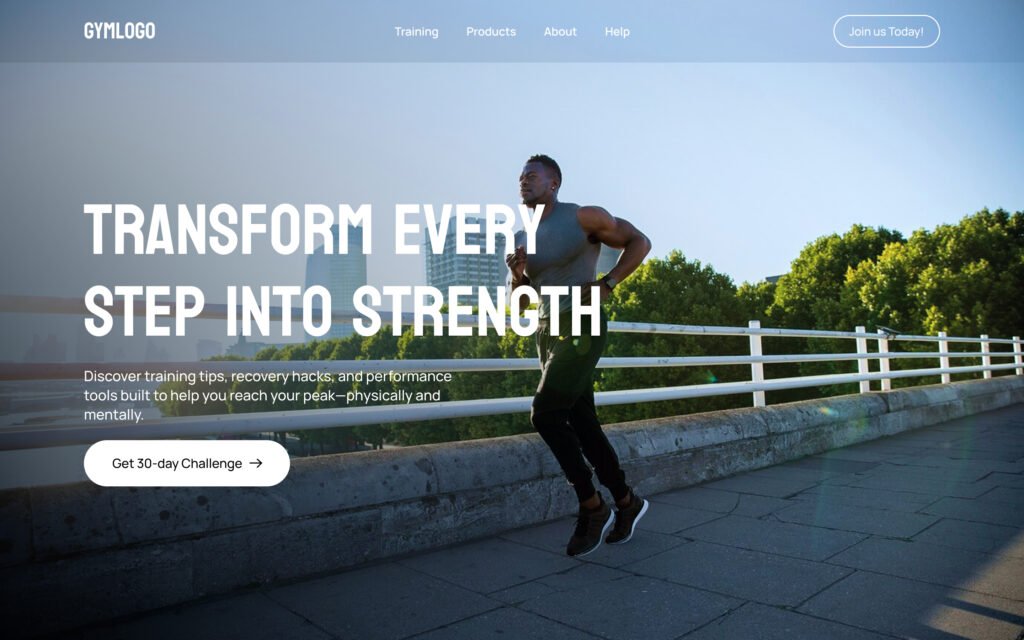Whether you’re launching a personal blog, a portfolio, or an e-commerce site, great web design is crucial. A well-designed website doesn’t just look good — it’s functional, user-friendly, and helps achieve your goals. But where do you start?
In this post, we’ll walk you through how to design a website from the ground up, even if you’re not a professional designer.
Step 1: Define Your Purpose and Goals
Before touching a single pixel, you need to understand why you’re building the site.
Ask yourself:
- What is the main purpose of the site? (e.g., showcase work, sell products, share information)
- Who is the target audience?
- What action do you want users to take? (subscribe, buy, contact, etc.)
Tip: Write down your goals clearly — they’ll guide every design decision.
Step 2: Plan the Site Structure
Think of your website as a house — the structure (or sitemap) is the blueprint.
Start with:
- Home
- About
- Services or Products
- Blog or Portfolio
- Contact
Step 3: Choose the Right Platform
Depending on your skills and needs, choose a platform that fits:
- No coding: Wix, Squarespace, Shopify
- Some control/flexibility: WordPress with a theme
- Full control (for developers): Custom HTML/CSS/JS, React, or frameworks like Next.js
Tip: Beginners usually do well with WordPress or Wix, which have drag-and-drop options.
Step 4: Wireframe Your Layout
A wireframe is a simple sketch (on paper or software) showing the layout of each page.
Focus on:
- Header & navigation
- Content sections
- Images & CTAs (calls to action)
- Footer
This step helps prevent chaotic design later on.
Final Thoughts
Designing a website might seem overwhelming at first, but breaking it into steps makes the process manageable and even fun. Remember: great design is about making your users feel confident, informed, and inspired to act.
Start simple, stay consistent, and never stop improving.





